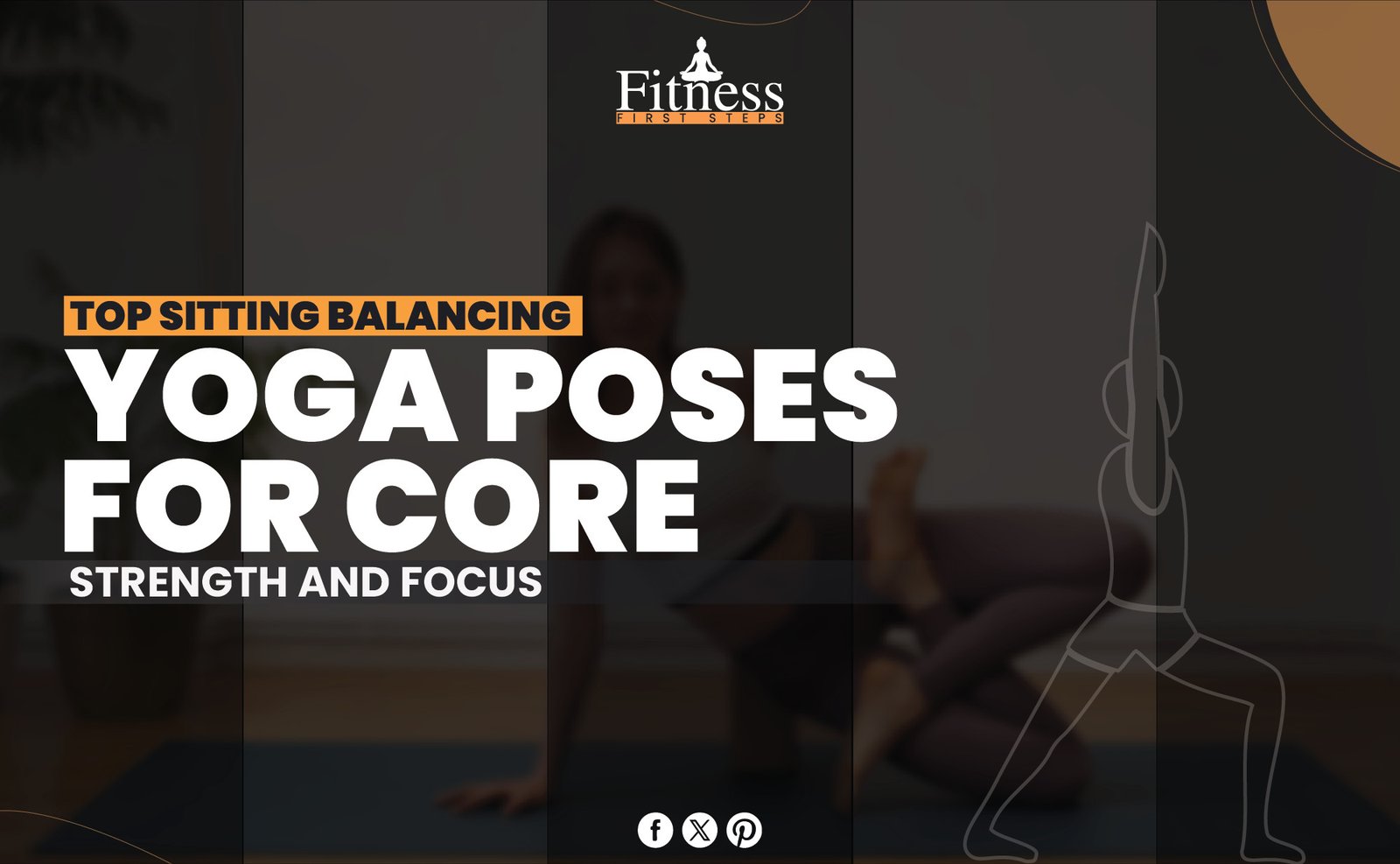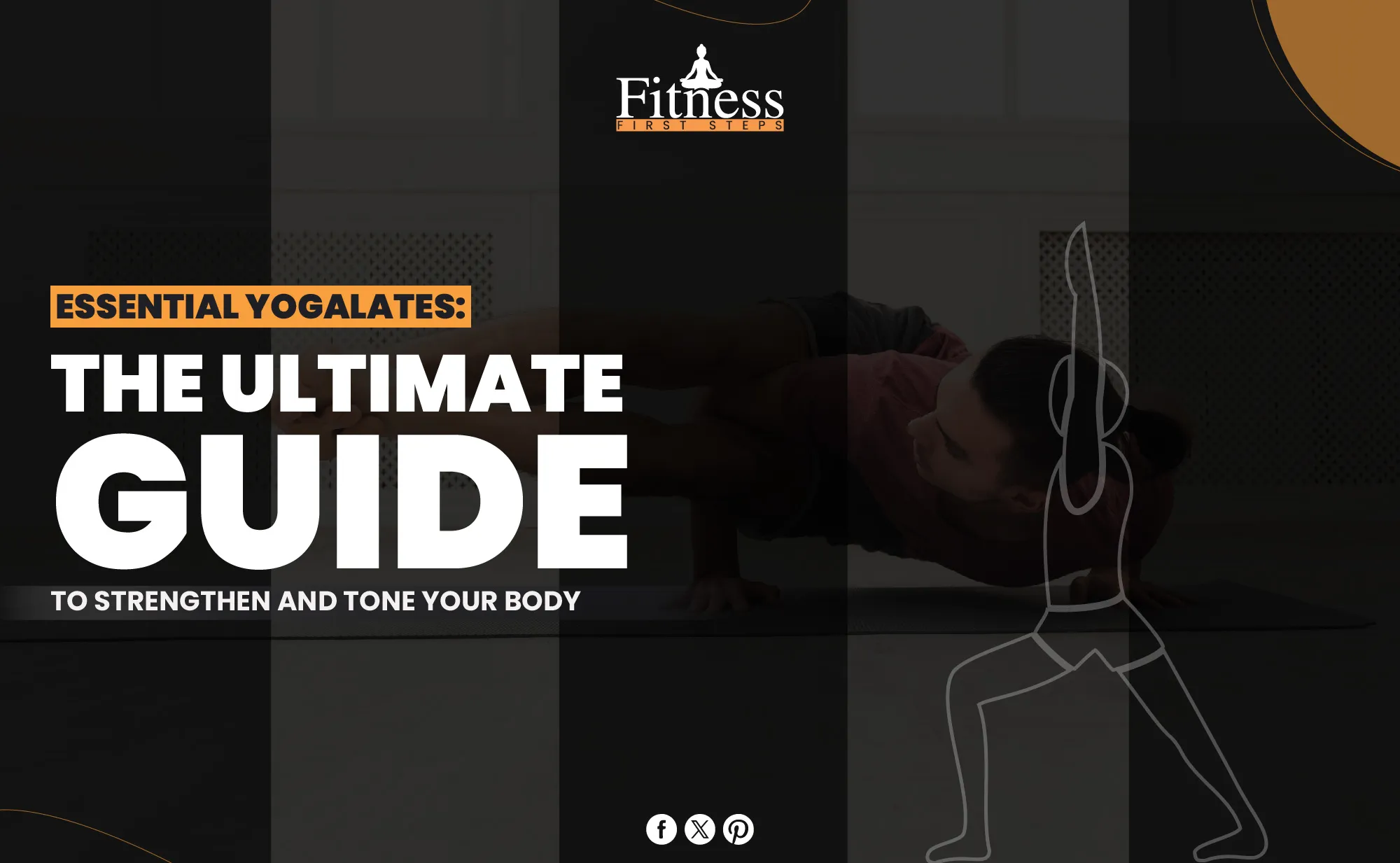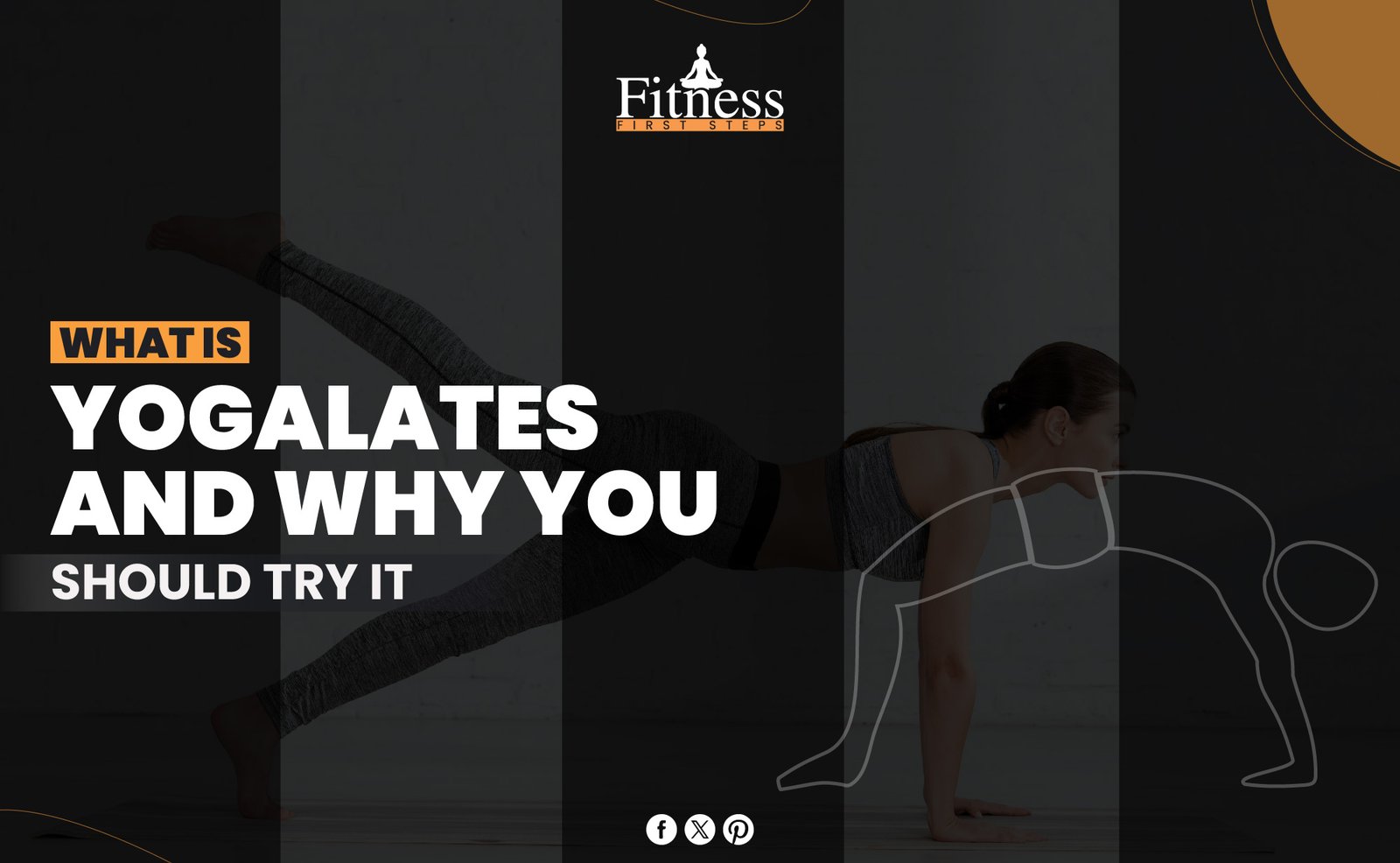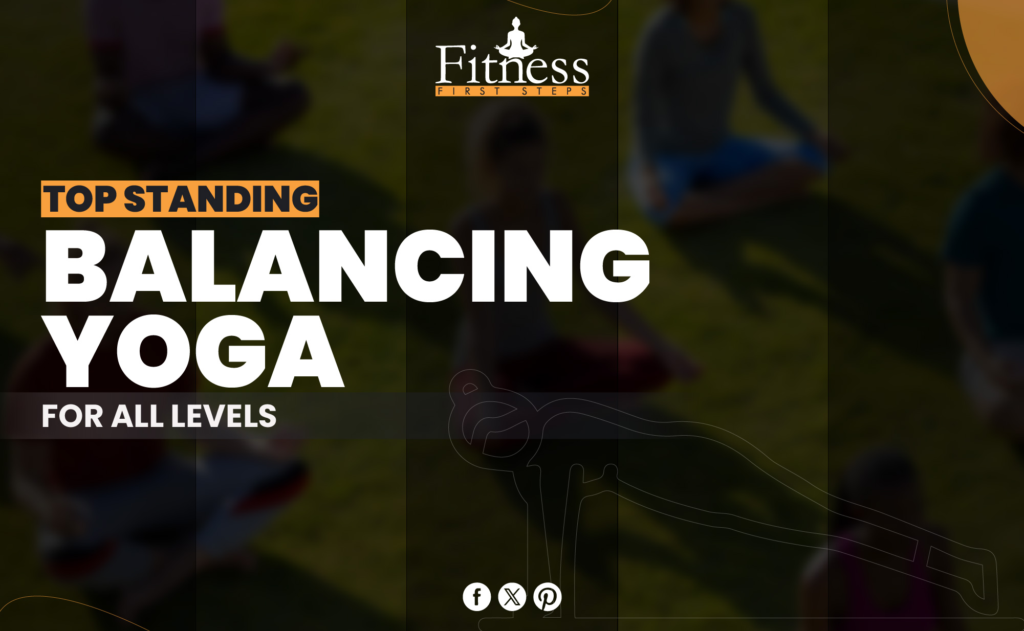Introduction
The Firefly Pose (Tittibhasana in Sanskrit) is a yoga gem that is both tough and beautiful. This complex asana requires an orchestration of power, equilibrium, and composure, similar to a firefly illuminating the nocturnal expanse. Individuals are encouraged to adopt the luminosity and grace these minuscule beings exhibit, thereby developing their physical fortitude and an illuminating essence of tenacity and internal tranquility.
The acronym “Tittibhasana” is derived from the Sanskrit terms “Tittibha,” which translates to “firefly,” and “Asana,” which signifies Pose. The terminology employed effectively conveys the fundamental nature of the Pose, invoking the graceful strength and intricate equilibrium of a firefly in flight. The term “Tittibha” alludes to the Pose’s necessary lightness and agility, encouraging practitioners to imbue their routine with the same luminosity and buoyancy exhibited by these captivating nighttime insects.
The Benefits
Explore the transformative world of this Pose, where each alignment and breath has benefits. With its unique blend of strength, flexibility, and balance, Tittibhasana can transform your yoga practice and beyond.
Enhances Core Strength: Tittibhasana is an essential core strength builder and exercise that significantly improves stability and balance, both in the context of yoga and in everyday life.
Improves Balance and Focus: This Pose necessitates mental clarity and concentration, augmenting focus beyond the mat.
Strengthens Arms and Shoulders: The Pose’s arm and shoulder strengthening properties contribute to developing muscular endurance and resilience.
Increases Hip Flexibility: By widening the distance between the legs, Firefly Pose increases the mobility and flexibility of the hip joints by stretching the legs.
Stimulates the Abdominal Organs: The forward tilt in this Pose promotes digestion and detoxification by gently massaging the abdominal organs.
Develops Courage and Confidence: Adopting a problematic pose such as Tittibhasana can inspire practitioners to confront additional obstacles with bravery and composure.
Preparing for Firefly Pose
Due preparation is required to ensure that one’s body is adequately prepared to confront the demanding asana. Consider the following crucial aspects:
Warm-Up Your Wrists: As Firefly Pose requires significant wrist strength and flexibility, perform wrist strengthening and stretching exercises to prime your wrists for the load they will bear.
Strengthen Your Core: Consistently participate in core-strengthening exercises. A robust core is indispensable for maintaining balance and the Pose, as it assists in elevating the body away from the ground.
Open Your Hips: Engage in hip-opening asanas, including Wide-Legged Forward Bend, Pigeon Pose, and Frog Pose. These postures enhance hip flexibility, a critical aspect in achieving the broadest possible legs in Firefly Pose.
Enhance Shoulder Flexibility: Mobility exercises and shoulder stretches should be incorporated into your routine. Supination flexibility will assist you in maintaining a straight, powerful arm position throughout the Pose.
Build Arm and Shoulder Strength: Incorporate arm and shoulder strengthening asanas such as Plank Pose, Chaturanga, and Dolphin Pose into your routine in preparation for Tittibhasana.
Practice Balance: Engage in balance and concentration-demanding asanas, including Tree Pose and Eagle Pose. This will help you develop the focus and steadiness required to maintain balance in Firefly Pose.
Forward Folds: Do a Standing Forward Fold and Seated Forward Bend to lengthen your hamstrings and lower back. This flexibility helps tilt the pelvis forward and lift the legs.
Mindful Breathing: Develop an even, tranquil breathing pattern by engaging in practices such as Pranayama. In challenging poses, controlled breathing is essential for maintaining balance and concentration.
You can establish the essential groundwork to execute Firefly Pose with assurance and security by allocating time to engage in these preparatory exercises.
Step-by-Step Guide
Achieving Firefly Pose (Tittibhasana) necessitates the application of perseverance, patience, and effort. Utilize the following sequential instructions to enter and master this advanced asana:
Start in a Squat:
Commence by squatting deeply with your feet slightly wider than hip-width apart. Preparing your body for the Pose requires maintaining a long spine and prayer-like hands at your heart center.
Place Your Hands on the Floor:
Lean forward to position your hands shoulder-width apart on the floor. Establish a wide-spread grasp with your fingers and firmly rooted palms. This stable foundation is essential for Firefly Pose’s required balance.
Straighten Your Arms:
As one prepares to shift weight, maintain a slight bend in the elbows. Engage in arm straightening, as in Chaturanga, to establish a stable foundation from which your body can ascend.
Lift Your Hips Higher:
While engaging your core and lifting your hips back and forth, imitate the motion of a Downward Dog with the addition of wider legs. This elevation is crucial for establishing balance in the Pose and creating space for the torso.
Slide Your Legs Up Your Arms:
Sliding your thighs and knees as high as possible up your arms to position your legs above your elbows, proceed cautiously. You will have greater leverage to lift off when your legs are elevated above your arms.
Lean Forward:
Gradually transfer your body weight to your hands as you shift forward. This transition is essential for the takeoff. Slightly maintain your gaze forward to preserve your balance.
Lift Your Feet off the Floor:
With the initiation of elevating your feet off the floor, forcefully contract your core muscles. Establish your balance by extending your legs laterally while balancing on your hands. Your inner thighs should tightly cling to your arms.
Extend Your Legs:
As soon as you feel stable, extend your legs straight to the sides. To completely engage the leg muscles, flex your feet while maintaining a parallel body position on the ground.
Hold and Breathe:
Maintain the Pose for a few breaths while concentrating on deep breathing and maintaining balance. Stability and strength emanate from the core, so preserve its engagement.
Exit the Pose Safely:
Return to a squatting position after gradually bending your knees and lowering your feet to the floor to exit the Pose. I’d like you to please reflect on the practice while seated or standing in a comfortable position.
Mastering Firefly Pose takes time. Respect your body’s limits and practice regularly. Each try brings you closer to the Pose, illuminating your yoga journey like a firefly.
Common Mistakes and How to Avoid Them
It’s essential to avoid common mistakes when learning Firefly Pose. Examples of pitfalls and how to avoid them:
Collapsing Chest: Accidentally letting the chest collapse makes lifting difficult. Draw your shoulder blades down and lift your chest to avoid this. Imagine keeping your chest open by spacing your collarbones.
Overstraining the Arms: Overusing arm strength to force the Pose can strain the arms and shoulders. Use your core muscles to support your weight and share the workload. Spreading the effort evenly reduces arm strain and improves stability.
Splaying Elbows Outward: Splaying your elbows instead of hugging them to your torso can compromise stability and alignment. Elbows close to the sides provide a strong foundation for your body weight. This position also reduces shoulder stress.
Neglecting Core Engagement: Firefly Pose can be challenging to lift and balance with a weak core. Pull your navel and lift your pelvic floor to engage your core muscles throughout the Pose. A solid core helps you control and execute the Pose.
Lack of Hip Flexibility: Hip flexibility is needed to spread your legs wide and fully express Firefly Pose. Your warm-up should include hip-opening stretches to improve hip mobility. Pigeon Pose and Bound Angle Pose can prepare your hips for Firefly Pose.
Learn about these common mistakes and follow the tips to practice poses more confidently. Respect your body’s limits and take your time with the Pose. With consistent training and proper alignment, your practice will shine like a firefly.
Modifications and Variations
Firefly Pose (Tittibhasana) may seem intimidating, but several modifications and variations allow all levels to practice it. Try these variations:
Supported Firefly Pose: Yoga blocks help beginners lift off the ground. Lift the floor with a block under each hand to reduce body lift distance. This modification boosts confidence and lets you focus on pose alignment and engagement.
One-Legged Firefly Pose: Firefly Pose with one leg straight and one bent tests your balance and coordination. From Firefly Pose, extend one leg parallel to the floor. This variation increases core engagement and standing leg stabilizing muscles.
Bent-Knee Firefly Pose: Bend your knees slightly for a more straightforward liftoff. Lift your feet off the ground with bent knees and straighten your legs as you gain strength and flexibility. This modification lets you enjoy the Pose while respecting your body.
Firefly Pose with Straps: Yoga straps can help with leg extensions for less flexible practitioners. Use your hands to hold a yoga strap around your thighs just above the knees. Use the straps to support and extend your legs as you lift off the ground, gradually straightening them.
Wall-Assisted Firefly Pose: A wall helps Firefly Pose beginners and refiners gain stability and confidence. Place your hands on the floor and your feet against the wall behind you. With wall support, raise your feet and legs. This variation emphasizes core engagement and balance without falling.
These variations make pose fun and accessible for all levels by tailoring it to your needs and abilities. Listen to your body, respect its limits, and explore variations. Waiting and practicing Tittibhasana will improve your practice.
Incorporating Firefly Pose into Your Practice
Tittibhasana can spice up your yoga practice. Consider these factors when adding Firefly Pose to your routine:
Warm-Up Properly: Start with a thorough warm-up to prepare for the Pose. Work on hip opening, hamstring stretching, and core activation. Forward Folds, Hip Openers, and Core Strengtheners prepare the body for the Pose.
Focus on Core Engagement: Firefly Pose requires intense core strength to balance and lift off the ground. Focus on core engagement throughout practice to stabilize and support liftoff. Try Boat Pose, Plank Pose, and Leg Lifts for core strength and awareness.
Practice Arm Balances: Firefly Pose is an arm balance, so practicing other arm balances can help you prepare for Tittibhasana. Crow Pose, Side Crow, and Eight-Angle Pose build arm, wrist, balance, and focus for Firefly Pose.
Work on Hip Flexibility: Firefly Pose requires hip flexibility to spread the legs. Practice hip-opening stretches like Pigeon Pose, Butterfly Pose, and Lizard Pose to improve mobility and flexibility. Hip-opening practice makes Firefly Pose easier to achieve and maintain.
Explore Transitions: Try switching between Firefly Pose and other poses in your sequence. Smooth transitions between poses improve strength and coordination. Use Firefly Pose in vinyasas or challenging flows to deepen your practice.
Use Props as Needed: Use yoga blocks or straps to improve your Firefly Pose practice. Pro props can provide stability, assistance, and alignment guidance if you’re improving your technique or have flexibility or strength issues.
Practice Mindfulness and Patience: Approach with curiosity, mindfulness, and patience. Follow your body’s cues and progress at your own pace. Remember that each attempt is a chance to learn and grow, regardless of whether you fully express the Pose.
Use these yoga tips to build strength, flexibility, and mindfulness to perform Firefly Pose gracefully. Let Tittibhasana’s light inspire your yoga practice.
Advanced Sequences
Advanced Firefly Pose (Tittibhasana) sequences can elevate your practice by testing strength, balance, and flexibility. Explore these dynamic sequences:
Firefly Flow Sequence:
- Mountain Pose (Tadasana) should be initiated at the apex of the mat.
- To warm up the body, perform Surya Namaskar, known as Sun Salutations.
- After assuming the Standing Forward Fold (Uttanasana), proceed to the Crow Pose (Bakasana).
- Effortlessly transition from Crow Pose to Firefly Pose while maintaining the Pose for multiple breaths.
- After returning to Crow Pose, step or leap into Chaturanga Dandasana.
- Maintain your vinyasa flow as you transition between Adho Mukha Svanasana and Upward Facing Dog (Urdhva Mukha Svanasana).
- Perform the sequence iteratively, ensuring a seamless transition from Crow Pose to Firefly Pose.
Arm Balance Fusion Sequence:
- Warm up while seated by performing wrist stretches and core contractions.
- You can fortify your core and arms by performing Side Crow Pose (Parsva Bakasana) on both sides.
- While maintaining Side Crow on one side, transition into Firefly Pose and hold for several breaths.
- Reiterate the ascent from Side Crow to Firefly Pose on the contrasting side.
- Investigate transitioning between Side Crow and Firefly Pose while alternating sides.
- Conclude the sequence with relaxation poses and gentle stretches for a cool-down.
Firefly to Handstand Flow:
- Warm up by progressing from Downward Facing Dog to Sun Salutations.
- Transfer from Downward Facing Dog to Firefly Pose while maintaining the position for several breaths.
- Using your core engaged, shift your weight forward and transition into a Handstand (Adho Mukha Vrksasana).
- Maintain a handstand that emphasizes alignment and stability for several breaths.
- While in Firefly Pose, descend while maintaining control and return to the initial position.
- Iterate the sequence while deftly transitioning between Handstand and Firefly Pose.
Flowing Firefly Fusion:
- Assume a standing position and perform Sun Salutations to warm up.
- Flow into the Extended Side Angle Pose (Utthita Parsvakonasana) with your lower hand resting on the mat and your upper arm extended overhead, focusing on one side.
- While in Extended Side Angle Pose, transition and briefly hold Firefly Pose.
- Retrace the sequence by effortlessly transitioning back into the Extended Side Angle Pose on the opposite side.
- Flow effortlessly between the Extended Side Angle Pose and the Firefly Pose on both sides as you repeat the sequence.
These more difficult sequences provide chances to push one’s limits, investigate novel transitions, and enhance one’s proficiency. Pay attention to your body’s signals, make necessary adjustments, and execute the sequences with mindfulness and perseverance.
Yoga Props for Enhancing Firefly Pose
One can improve one’s alignment and experience using yoga props in Firefly Pose (Tittibhasana). The following props may be used to enhance and supplement one’s practice:
Yoga Blocks: Yoga blocks under your hands elevate the floor and reduce the distance you must lift your body. This modification can help beginners and strength-builders find stability and balance in Pose.
Yoga Strap: Use a yoga strap to extend your legs in Firefly Pose if you have limited hamstring or hip flexibility. Attach the strap to your thighs just above the knees and hold the ends. As you rise, support and straighten your legs with the strap.
Blanket or Mat: Position a folded blanket or yoga mat beneath your feet for support and cushioning while in Firefly Pose. This permits you to concentrate on the Pose without experiencing discomfort, which is particularly beneficial if you have delicate wrists or knees.
Bolster or Cushion: For Firefly Pose stability, place a bolster or cushion under your hips. Elevating your pelvis makes tilting forward and lifting your legs easier. Adjust the height and angle to find the best support for your body.
Wall: Pose against a wall for Firefly Balance and Confidence. Place your hands on the floor and your feet against the wall behind you. With wall support, raise your feet and legs. This modification lets you focus on core engagement and balance without falling.
Try these yoga props to improve your alignment, stability, and comfort in Firefly Pose and feel more confident. Try different props and modifications to find the best fit for you.
Connecting Mind, Body, and Spirit
Firefly Pose (Tittibhasana) invites the mind, body, and spirit to flow together in breath and movement. Your Firefly Pose practice can connect these elements:
Mindfulness in Movement: Approach mindfully, noticing every movement and sensation. Focus on your limb alignment, muscle engagement, and breath rhythm to stay present. Practice mindfulness to increase your awareness and connection to the present.
Breath Awareness: Breath to connect mind and body in Firefly Pose. Deep breaths expand the body, and complete exhalations release tension and stabilize the Pose. Breathe to stay present and find peace during each change.
An embodiment of Strength and Grace: Lift your legs and show strength and grace. Feel your body’s strength as you engage your muscles and find stability in the Pose. Maintain light and ease to let your spirit fly like a firefly as you embody Firefly Pose, balance effort, surrender, strength, and softness.
Awareness of Energy Flow: Observe your subtle energy in Firefly Pose. Imagine energy rising from the earth through your hands and arms to help you lift. Energy from your core shines through your legs like light. Connect with your inner vitality to bring your practice to life.
Gratitude and Surrender: Give thanks and surrender. Recognize your body’s strength, flexibility, and resilience through yoga. Enjoy the practice without expectations or attachments. Trust your body and breathe to transform and discover yourself.
These elements in Firefly Pose can deepen your connection to yourself and the world, bringing a sense of wholeness beyond the physical. Firefly Pose can be a sacred path to self-development, empowerment, and spiritual awakening.
Conclusion
In our final analysis, may we wholeheartedly embrace the profound and life-altering experience it presents. Firefly Pose bestows us grit, elegance, and intrinsic brilliance by integrating intellect, physicality, and spirituality. May the knowledge and insights gained from our time on the mat permeate every aspect of our lives, enabling us to soar with the ethereal grace of a firefly in flight.
